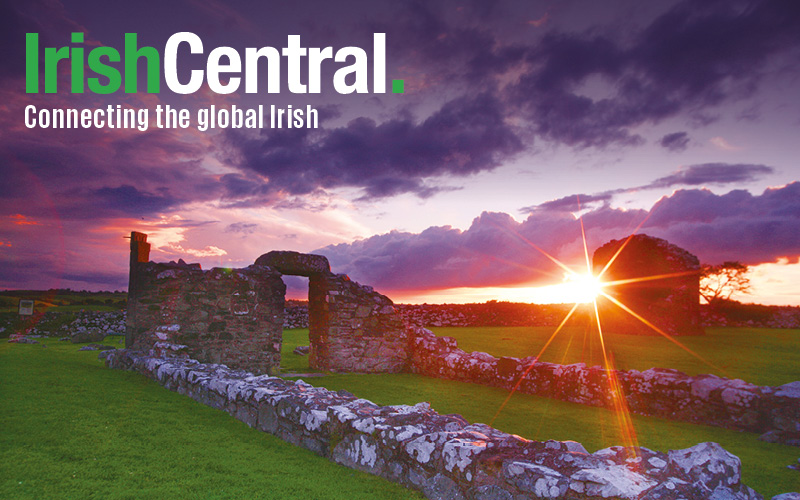Tipperary will play Mayo in the All-Ireland football semifinal on Sunday an unlikely pairing, as Tipp qualified for their first All-Ireland football semi in 81 years.
It is the equivalent of the Toledo Mud Hens making the World Series. Tipp is long famous for its hurling prowess with football always an afterthought. No one can quite believe their progress, having beaten tough teams like Cork, Derry and Galway along the way. They are 28/1 to win the All-Ireland title
Their reappearance in Croke Park will reawaken many memories of the most infamous football match of all time.
It was Tipperary vs. Dublin on November 21, 1920 when Black and Tans opened up on players and spectators alike, killing 14 and wounding 80.
Earlier that day Michael Collins and his 12 apostles, his key agents, decided to blow up the British spy presence in Dublin. They lined up assassination squads and targeted 35 spies and intelligence officers.
On November 20, the assassination teams, which included the squad and members of the IRA's Dublin Brigade, were briefed on their targets. The next day, Sunday, they shot dead 15 of them.
The British Army was incensed and looked immediately to retaliate, picking the Croke Park game as the obvious killing field. They sent the murderous Black and Tans, the most notorious killers of all.
An eyewitness, Frank Burke, who was playing with Dublin, gave an interview to Father Diarmuid O Peicin recalling the dreadful events and the killing of Tipperary player Michael Hogan, now forever remembered with the Stand facility which now adorns Croke Park.
He remembers, “Referee Mick Salmon threw in the ball at 2:45 p.m. Soon afterwards, an aeroplane flew over the ground and a red flare was shot from the cockpit. Black and Tans raided the ground and an officer on top of the wall fired a revolver shot. and then the shooting started."
Hogan and Burke were contesting for the ball when the shooting started and they, along with Dublin player Stephen Sinnott, were the last of 30 players left on the pitch.
"The players being so near the Hogan Stand entrance, most of them were over that end, they all got into the dressing room or got over through the gates, someplace, quickly, because they were over in that corner. There was nobody in the field at the time but myself, Hogan and Stephen Sinnott," according to Burke.
They got down on their hands and knees and crawled towards the shelter of a small perimeter, but before they could get there Hogan was shot dead.
"We ran, we didn't know where we were going, but we ran to the center of the field and we didn't realize we could see the bullets hitting the railway wall at the end,” Burke said.
“So we realized that they were shooting at somebody, into the crowd. And then the three of us threw ourselves onto the ground, Hogan was on the right hand side, I was in the center, and Stephen Sinnott was on the left.
"And we started creeping, from the center of the field up to a goalpost...I turned sideways and started rolling. And after making an Act of Contrition I was wondering what was going to happen at all."
Eventually, through crawling and rolling, the men got up to a foot-high railing off the cycle track.
"We lay close to the edge of the field and all the time they were firing, and we were a bit away from it, four or five yards away,” Burke said.
“And then I heard, 'I'm shot' from Hogan and the crowd running at the back of the goal post over towards Hill 16."
Thirteen others died included several children, a woman set to be married five days later and a young boy up a tree watching the game from outside.
No doubt with Tipperary back in Croke Park this Sunday, many of the old memories will come flooding back of the first Bloody Sunday in Irish history. Alas it would not be the last.




Comments